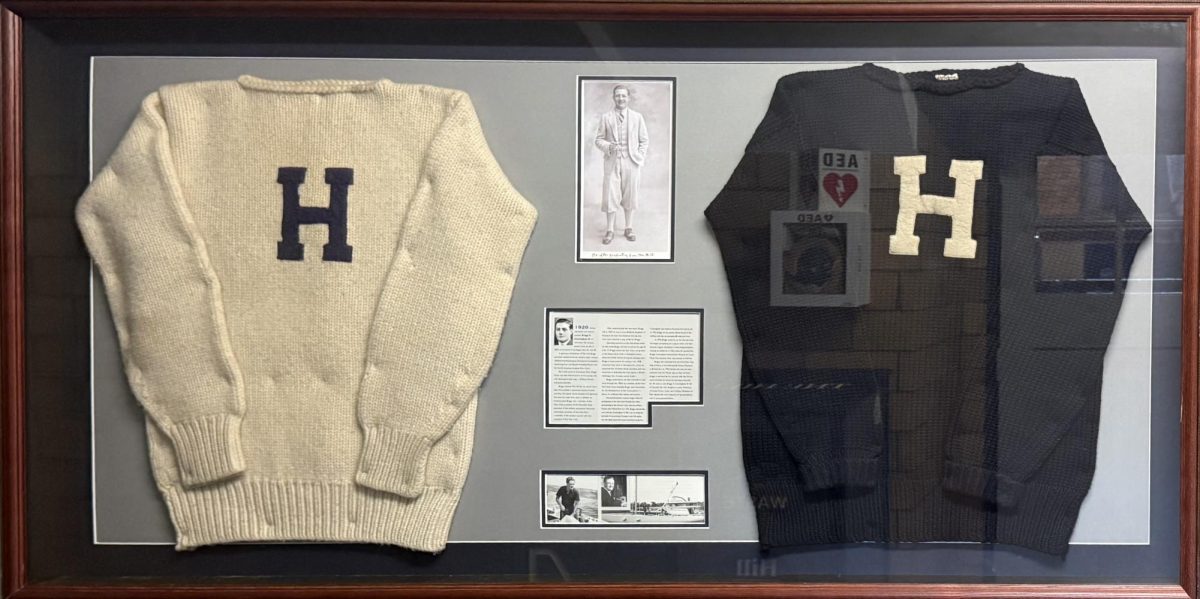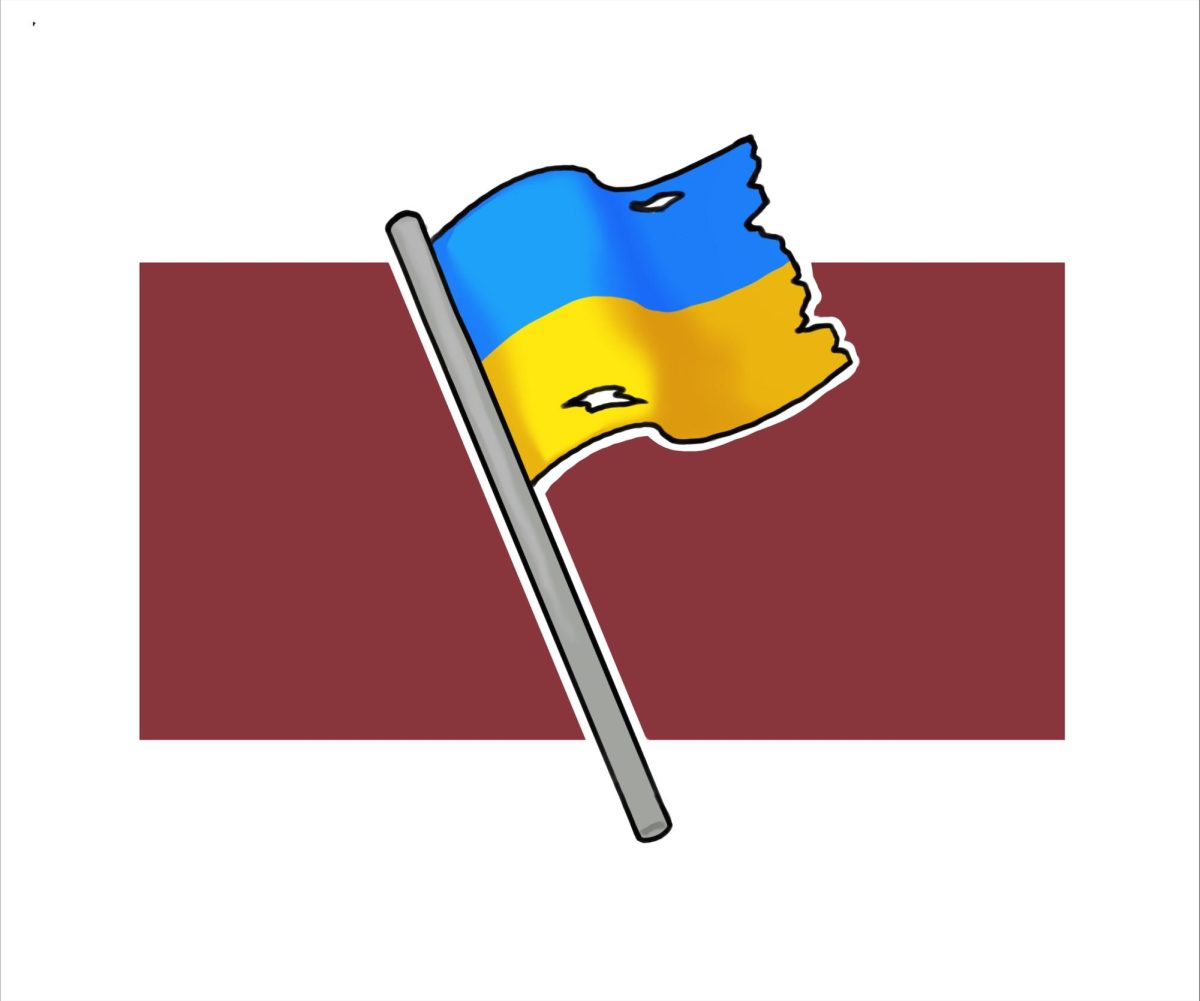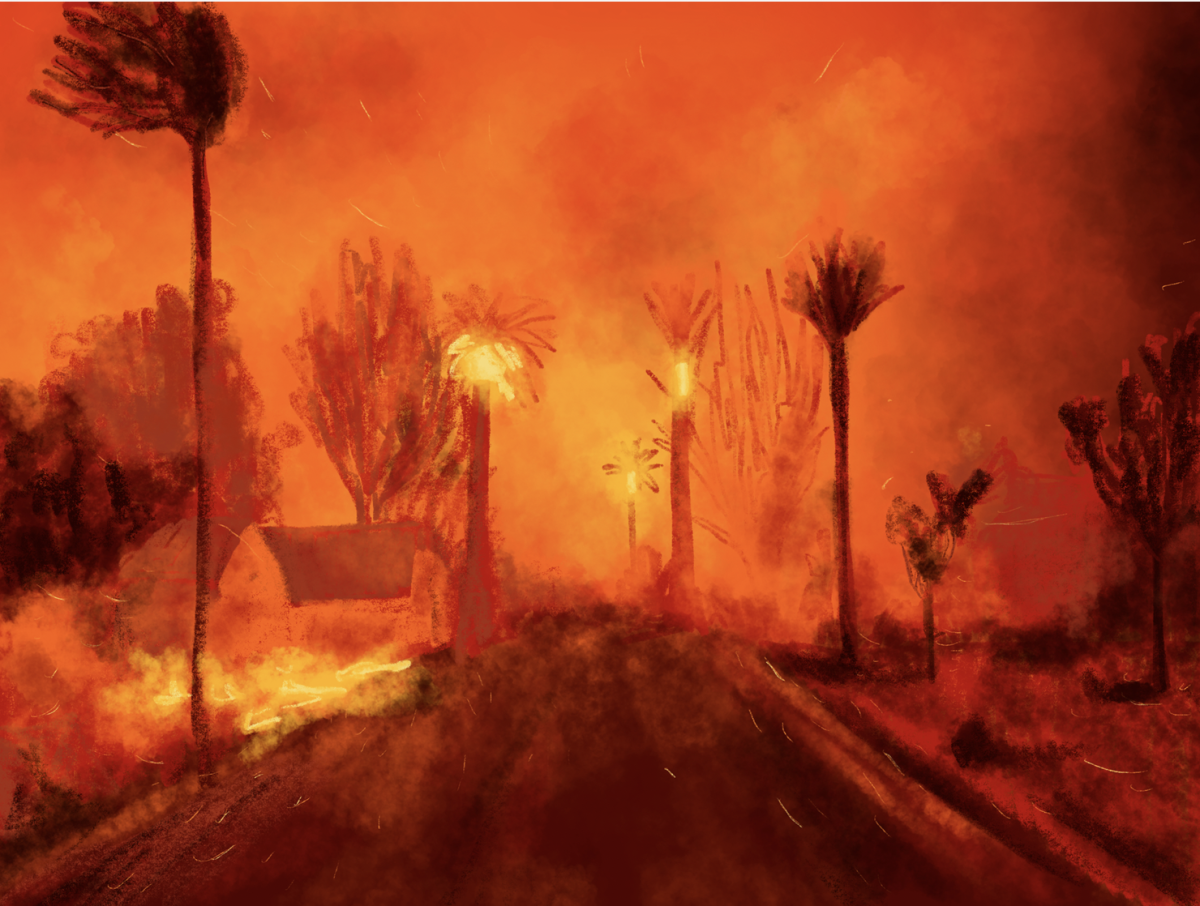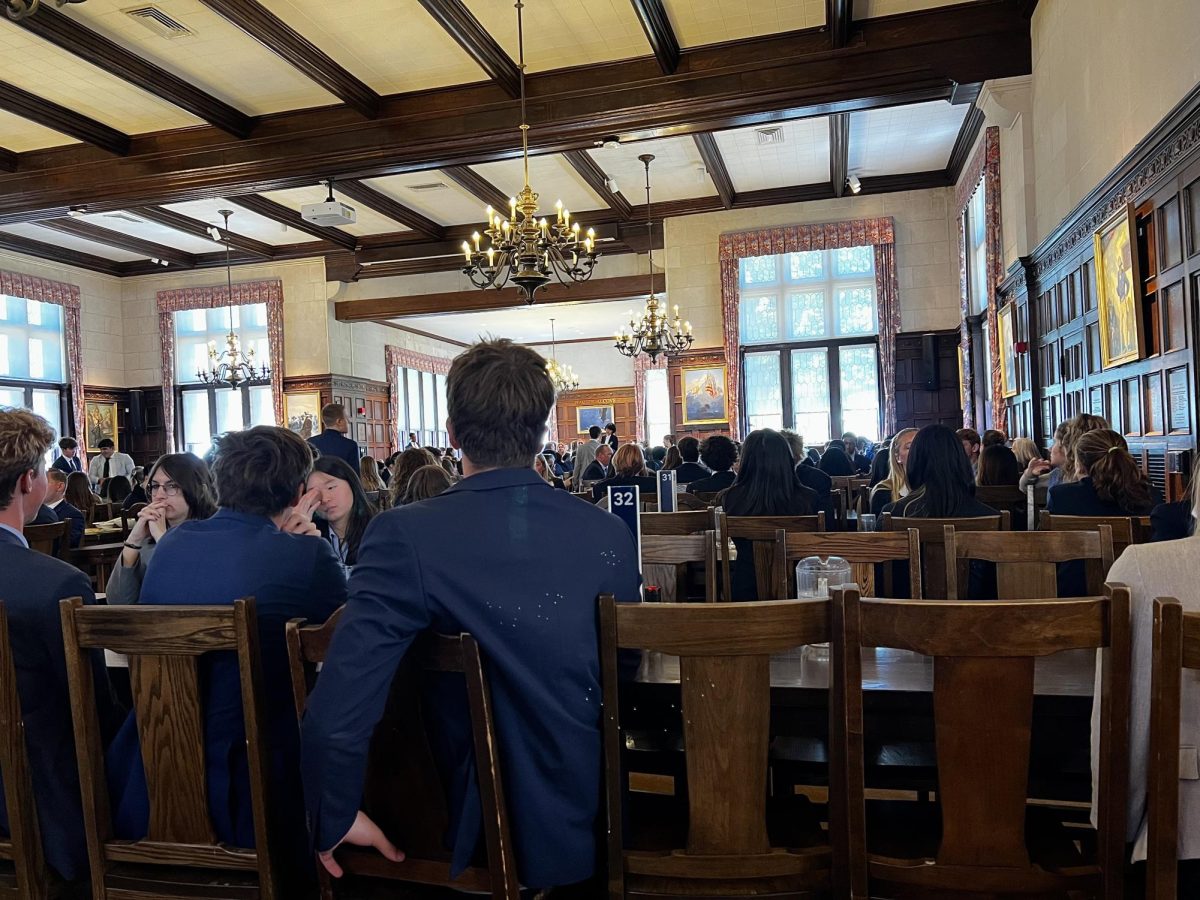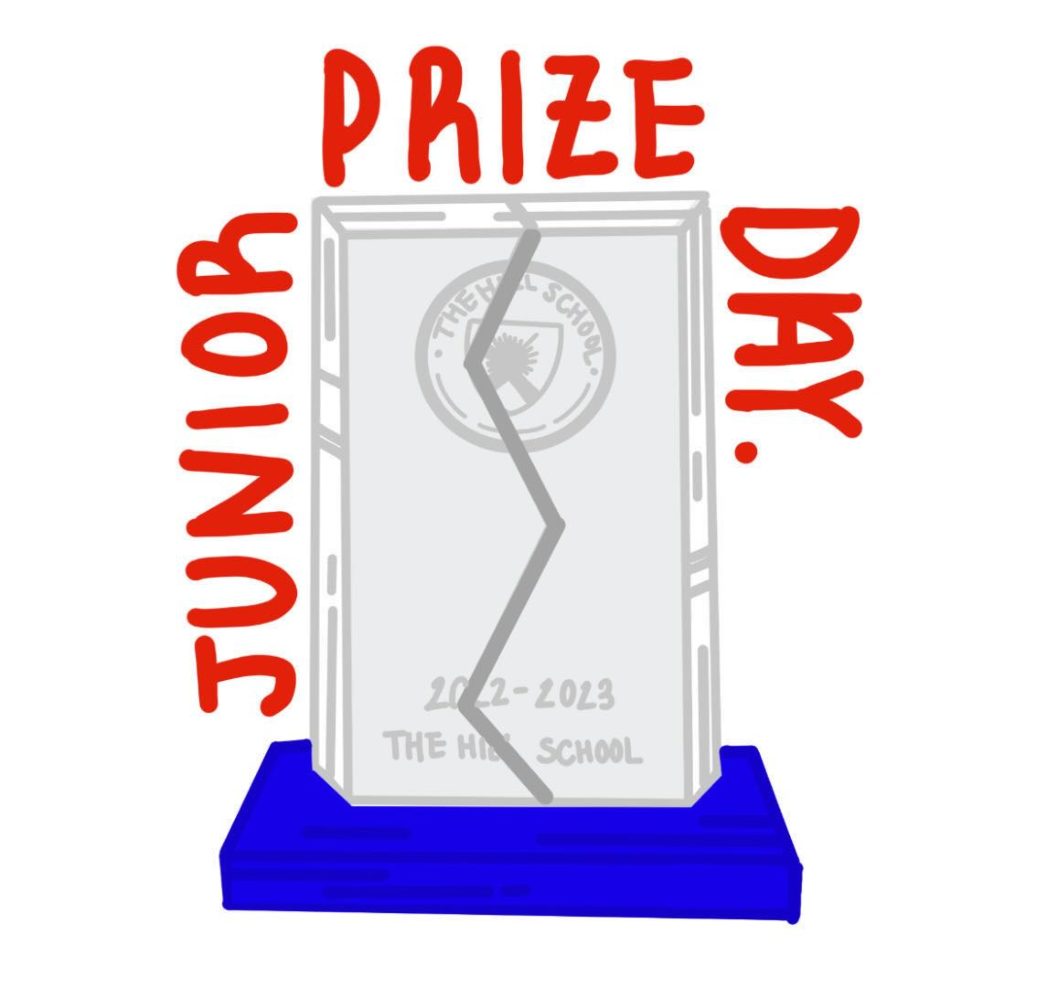Junior Prize ceremony remains crucial to culture
The annual Junior Prize ceremony plays a key role in the Hill experience. Students sit down in the CFTA as awards such as the Isaac Thomas Prize and the Brody Family Fellowship are given out to both students and faculty as a sincere recognition of their virtues throughout the years.
This ceremony stands out from award ceremonies in other schools for the characteristics they look for within its recipients. To most, the ceremony would initially seem odd with its unfamiliar names and vague characteristics. Most, if not all, of the awards given at this ceremony carry names. However, as students spend more time at Hill, they begin to gain a keener understanding of the nature of the ceremony. The names featured in the prize ceremony honor the legacy of the achievements of past Hill students. It is a celebration of people, both past and present; it’s an enduring collection of Hill’s history and brings the history of the Hill to the students today. When choosing recipients for the awards, faculty look beyond the numbers on a student’s GPA or the disciplinary records on MyBackpack; they look for a student who mirrors the characteristics of the names molded into these awards.
The Thomas S. Roberts ’53 Prize for Resiliency, in particular, stands out. Each time the award is presented, these words ring out to the student body, “This gift is in honor and memory of the late Thomas S. Roberts ’53 who overcame significant personal challenges at the school.” Thomas S. Roberts’ significant, personal challenges were never explicitly mentioned, neither were the challenges of the annual winners. But it has instilled the sense that there are always people at Hill conquering significant challenges, that these people are recognized for their work. The Junior Prize Ceremony helps students gain a more learned understanding of one another. It celebrates legacy through the past and gifts it upon the generations of the future.
Awards ceremony could use a general facelift
The celebration and award ceremony of Junior Prize Day has been a long-standing tradition within the Hill community. On that day, students gather in the CFTA and congratulate their peers for winning special awards, recognizing their outstanding academic and social qualities. Although the ideas behind Junior Prize Day come from a good place, there are still many aspects of Junior Prize Day that call for some reconsideration.
Subject awards in the Hill School are given out during advisory, and special awards within the Hill School are celebrated in person. There are awards praising people’s virtues and also ones that are given to a particular subject. The subject prizes are wonderful in that they inspire students to challenge themselves and strive for excellence, but there are some fields and subjects within the school that receive more recognition than others. For example, there were a total of four awards in the sciences, but there was only one special award dedicated to the entire math department. Likewise, in the Arts department, which covers such a diverse group of subjects, most of the special awards gravitated toward the performing arts, but there were no awards for visual arts. The imbalance is understandable; most of the awards depend on sponsorship from third parties, so the school does not have complete control over them; however, this imbalance might suggest to students that one department is more important than another, or that nominated subjects are seen as ‘more valuable’ than subjects who do not have a special award.
Furthermore, there are still awards that are given to specific genders which is, frankly, ridiculous. For example, the Prize for Excellence in Vocal Music in Memory of Robert Andrews ’78 and the Hilltones is given annually to a member of the Hilltones, but no equivalent award exists for the Hilltrebles. It comes as a surprise that although the Hilltrebles have existed for over two decades, there have been no changes made to accommodate the group.
The qualification and evaluation process remains murky to many. Most of the special awards for personal virtue are only given one line of summary explaining the award and fail to highlight the actions of the award winners, which other students can definitely learn from. For example, the Bausch and Lomb Science Award and the J.Michael Pentz ‘58 Prize could greatly benefit from highlighting the deserving qualities that the students possess. Whether it is the amount of interest they demonstrate or the extent of their improvement, explaining the evaluation process and the winners’ dedication could both give a better understanding of the award and a clearer message to student expectations at Hill.
Drilling more into the problem around explanation and evaluation, one of the most important awards, the Cum Laude Society, lacked a summary introducing the award. The purpose of the society left many confused about the general use of this award. The school provided a list of people that were inducted into the Cum Laude Society, but neglected to specify why individuals were inducted, how individuals were inducted, and what benefits the society brings. Providing a short summary of this award could better familiarize Hill Students with the award, and help students recognize the importance of the award.
Ultimately, the Junior Prize Day is a valuable part of the tradition in the Hill school, but as the school moves forward and shifts its ideas and operations, so should the awards that are presented within the school become more diverse, informative, and inclusive to embrace the open mindset that modern society leads us into.


